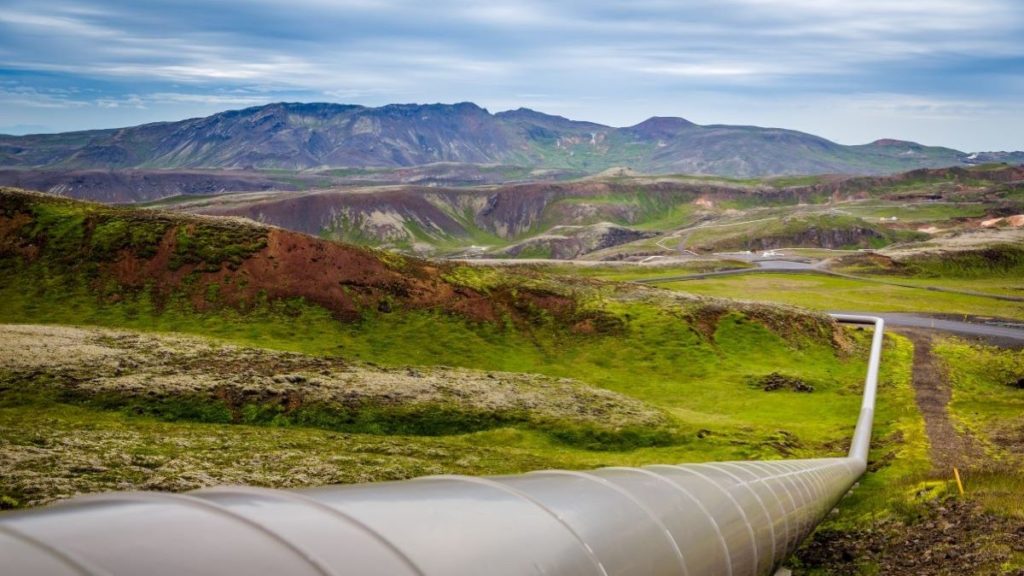Photo by Mike Benna on Unsplash
Unfortunately, pipeline installation isn’t as simple as welding together a handful of pipes and then burying them in the ground. There is a huge amount of engaging, planning, land preparation, surveying, and pipeline preparation that must come into play before installation can even begin.
Even when you reach the step of actual installation, the pipeline must be tested before it’s buried. Plus, the right-of-way needs to be restored in an environmentally friendly manner. If you’re planning pipeline installation at your industrial business, this guide will walk you through the process.
Steps to Take Before Planning for Pipeline Installation Starts
The first thing that happens in the construction of a pipeline is designing a plan for the project. This means mapping out the route of the pipeline as well as considering engineering and environmental concerns associated with the pipeline installation. You can’t move forward with other steps in the process without having an approved plan ready to go.
Engaging Landowners Prior to Pipeline Installation
If the construction process is going to involve putting down pipe where someone else owns land, you must communicate with that landowner in advance. Many government entities make this a requirement of the process.
In addition to speaking with landowners, you may need to speak with anyone whose property might be affected by the pipeline installation. If the landowners do not agree to provide access, you will need to redesign the project.
Fencing and Surveying for the Pipeline Installation
After project managers have determined and agreed upon the route of the pipeline, the firm doing the construction can move on to surveying and fencing.
Due to new advances in technology, these companies can often acquire numerous 3D images of potential job sites in only a few hours. Once surveyors have properly surveyed the land, the areas under construction can be fenced off for safety.
You may also need to post warning signs on the fences, depending on the specifics of the project.
Starting to Clear a Path
If you have the areas fenced off properly, you can move forward with the next step of pipeline installation. This involves clearing out the path of the pipeline itself, often with the help of bulldozers, graders, and excavators.
At this point, it’s crucial that project managers understand the restoration efforts they will need to enact down the line. Preserving as much existing topsoil as possible is important. The same applies to existing vegetation. Doing this can prevent the risk of runoff and erosion when the pipeline installation is complete.
Preparing for Pipeline Installation
Now, you have cleared the area, so you can move the pipe to the construction area. Once it’s there, workers will set it out next to the location where the design calls for a trenching machine to dig a trench.
The pipe will come in as sections rather than as one long, unwieldy pipe. Later, workers will weld these pipes together to create the full pipeline. In some cases, the pipe may need to be bent at some points in order to fit the contours of the route you have chosen.
Welding the Pipes Together
Now it is time to start welding together the pipeline before installation. This is a critical step, and the company doing the work should test every weld for quality control. If they don’t complete this step, the pipeline installation could later leak or crack.
Once it’s certain that the welds are sufficient, each of them must be cleaned. At this point, the entire pipeline will be coated with a material meant to prevent corrosion.
RELATED ARTICLE: INVEST IN SAFETY MEASURES NOW TO PROTECT YOUR PROFITS IN THE FUTURE
Trenching and Lowering Lines
Now that the pipe is constructed, a trenching machine will be used to dig the trench. Then side boom operators will place the pipe down into the trench.
It will then be covered with protective padding to prevent damage from stones, rocks, and other objects that could puncture or scratch the coating of the pipeline. Following this, workers will fill the trench back in with a compact subsoil to prevent excess settling.
Hydrotesting and Quality Control
Now that all the nitty-gritty has been done, the pipeline still needs to be tested and checked before it can be made operational. Contractors will run hydrostatic tests, also known as pressure tests, using water.
The idea is to make sure the pipes can hold pressure without leaking. If this is the case, the pipeline installation is complete and can be used for your business’s purposes.
Conclusion
There are lots of steps in pipeline installation, and it isn’t a job that just anyone can do. While the steps above are the same for every job, the process can vary based on many factors. Every project is different. The rules where you are may be unique as compared with those somewhere else.
As such, make sure you work with pipeline installation experts who can ensure great work. It will be well worth it when the pipeline is ready, and you can start using it.

